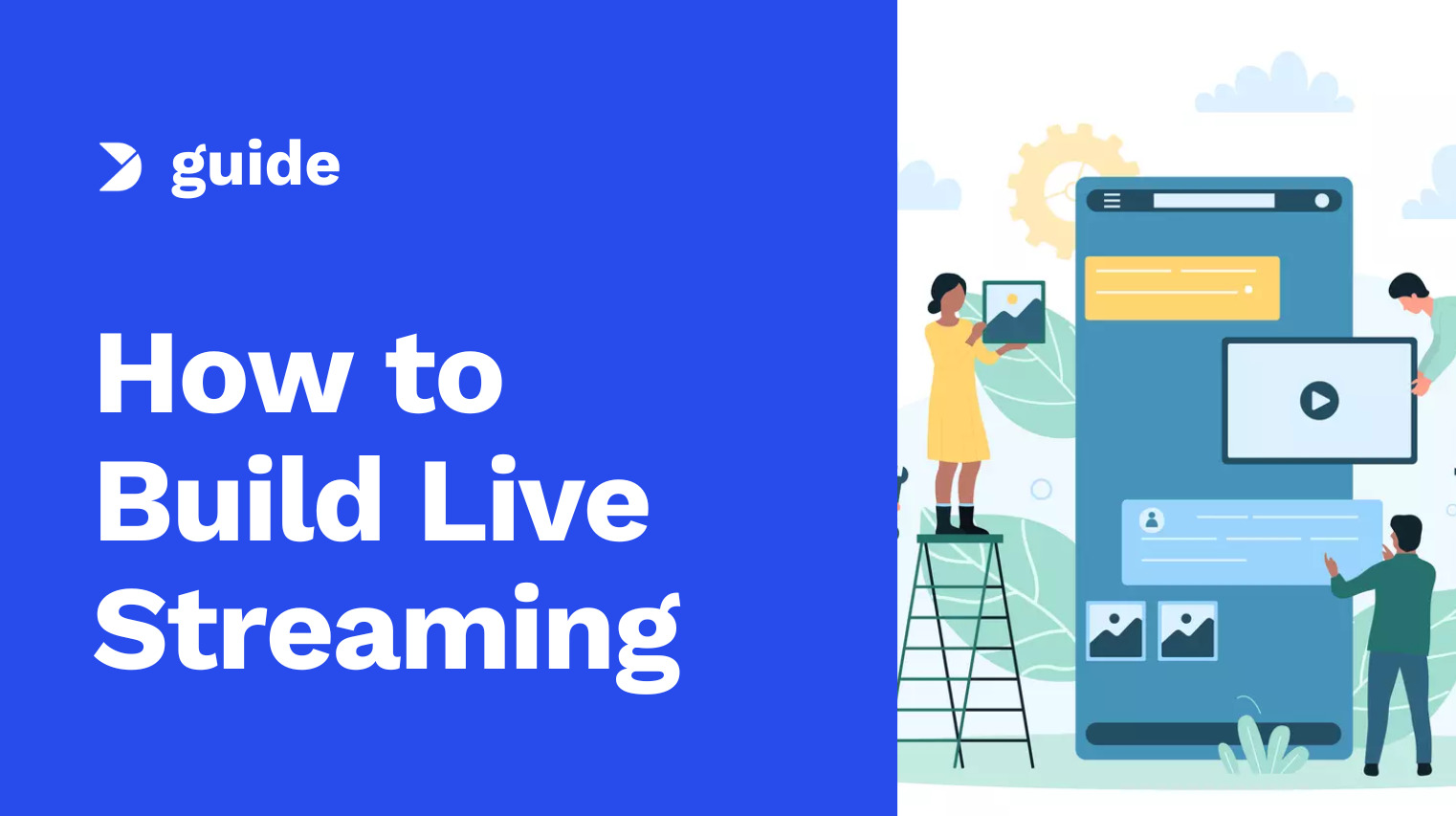Live streaming has become increasingly popular in recent years, allowing users to broadcast and share live video content with their audience in real-time. If you are interested in developing a live streaming app, utilizing an API (Application Programming Interface) and SDK (Software Development Kit) is crucial. In this blog post, we will guide you through the process of developing a live streaming app, highlighting the importance of APIs and SDKs along the way.
1. Understanding APIs:
An API acts as an intermediary between different software systems, enabling them to communicate with each other seamlessly. When it comes to live streaming apps, APIs play a vital role in facilitating interactions between the user interface (UI) and server-side infrastructure. You need to identify a reliable API provider that offers robust features such as video encoding, storage management, user authentication, and content delivery.
2. Choosing an SDK:
Once you have established your preferred API provider, it is time to choose a suitable Software Development Kit (SDK). An SDK provides developers with tools and libraries necessary for building applications compatible with specific platforms or devices. When selecting an SDK for your live streaming app development project, consider factors like platform compatibility (iOS/Android), ease of integration into existing codebases or frameworks used by your development team.

3. Planning Your App's Architecture:
Before diving into coding and design aspects of your application, start by planning its architecture thoroughly. Define how data will flow through various components such as UI elements handling user interaction or backend servers processing media streams. Pay attention to scalability requirements too so that your app can handle increasing traffic without compromising performance.
4. Implementing Basic Features:
To get started with developing your live streaming app using APIs and SDKs effectively cover fundamental features such as:
- User Registration & Authentication: Provide seamless sign-up/login processes using secure authentication mechanisms.
- Broadcasting Functionality: Enable users to initiate their own live streams effortlessly.
- Social Integration: Incorporate social media sharing options for users to promote their broadcasts across multiple platforms.
- Real-Time Interaction: Facilitate chat functionality or comments section where viewers can engage with broadcasters during livestreams.
5. Enhancing User Experience:
To make your live streaming app stand out from competitors:
- Improve Video Quality: Utilize advanced video encoding techniques provided bythe API and SDK to ensure high-quality video streaming.
- Implement Push Notifications: Allow users to receive notifications when their favorite broadcasters go live or when they receive new comments/messages.
- Personalization: Provide customization options for users to personalize their profile, settings, and viewing preferences.
- Analytics and Insights: Integrate analytics tools provided by the API or SDK to track user engagement, viewership statistics, and other valuable insights.
6. Monetization Strategies:
Consider implementing monetization strategies to generate revenue from your live streaming app:
- Advertisements: Incorporate ad networks or allow content creators to display ads during their broadcasts.
- In-App Purchases: Offer premium features like ad-free viewing or exclusive content through in-app purchases.
- Sponsorships and Partnerships: Collaborate with brands or influencers for sponsored broadcasts or partnerships that can bring in additional revenue streams.
7. Testing and Deployment:
Thoroughly test your app on different devices, networks, and scenarios before deploying it to production. Conduct user acceptance testing (UAT) with a small group of beta testers to gather feedback before launching publicly on app stores. Ensure compatibility across multiple platforms (iOS/Android) and address any performance issues encountered during testing phases.
Developing a live streaming app with an API and SDK requires careful planning, attention to detail, and a clear understanding of the target audience's needs. By leveraging the power of APIs for seamless communication between various components of your app and utilizing SDKs for platform-specific development requirements, you can create an engaging live streaming experience for users. Remember that continuous optimization based on user feedback is crucial for long-term success in this competitive market.
there are numerous other reputable providers available in the market offering similar services tailored specifically for developing live streaming apps with APIs+SDKs depending on your specific requirements






